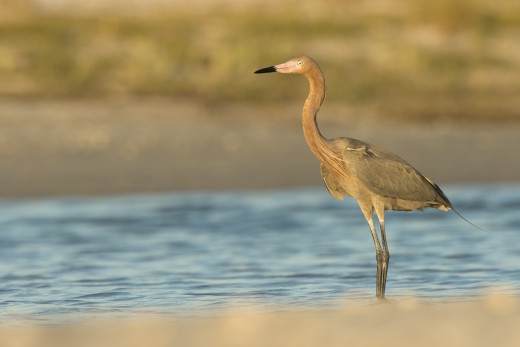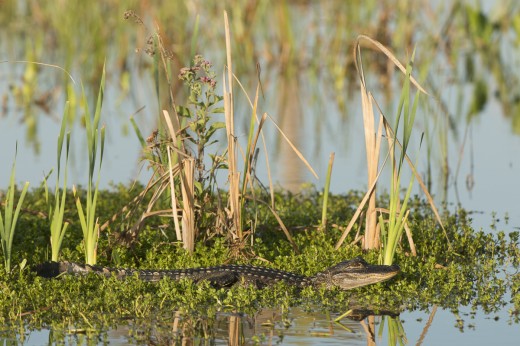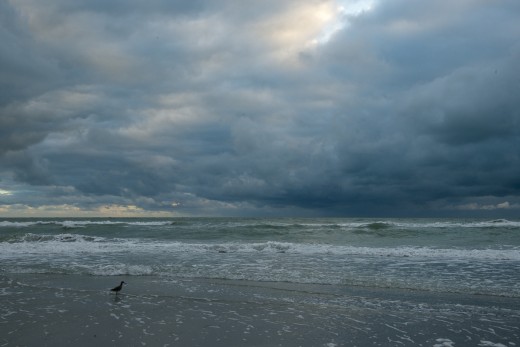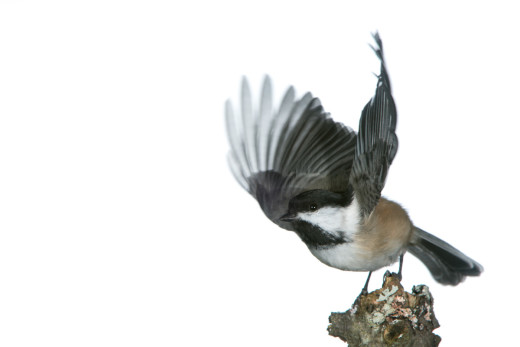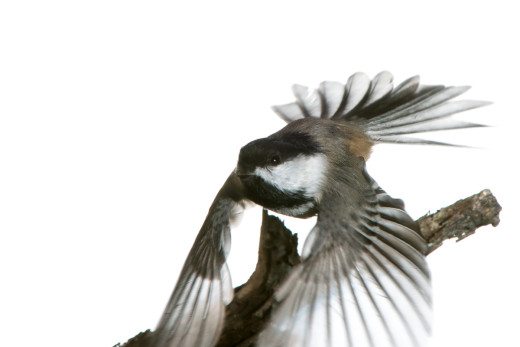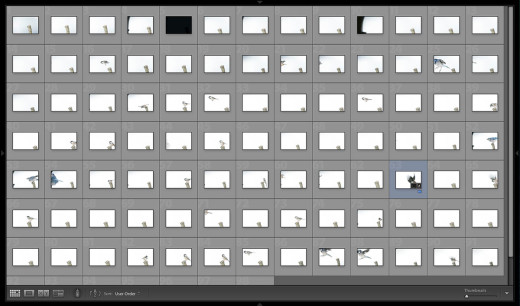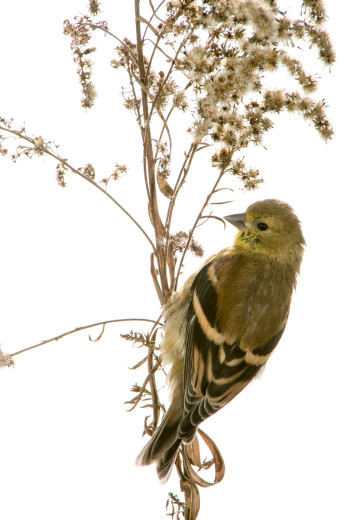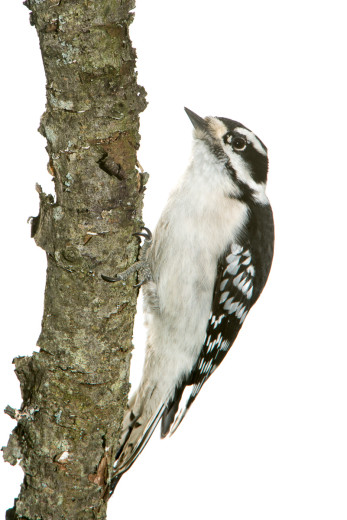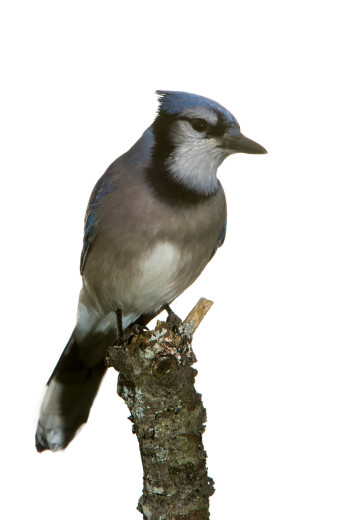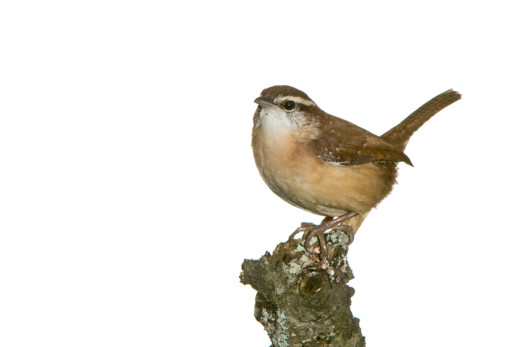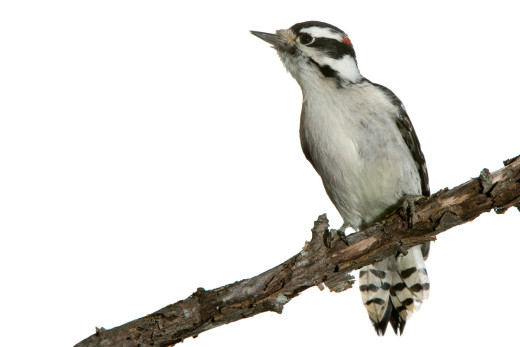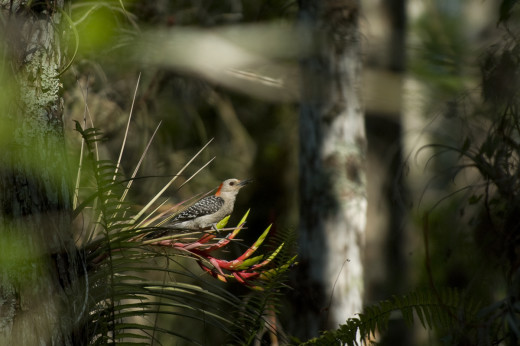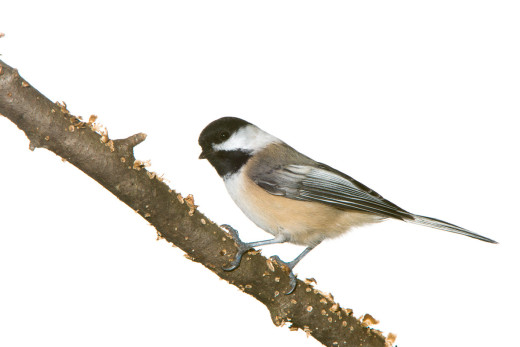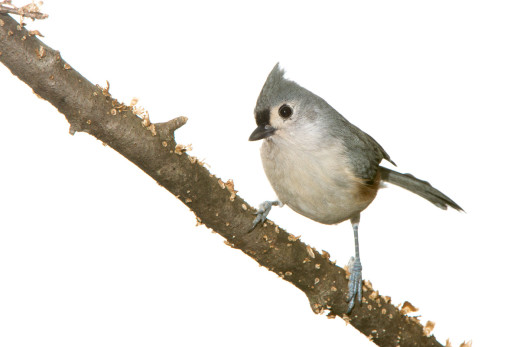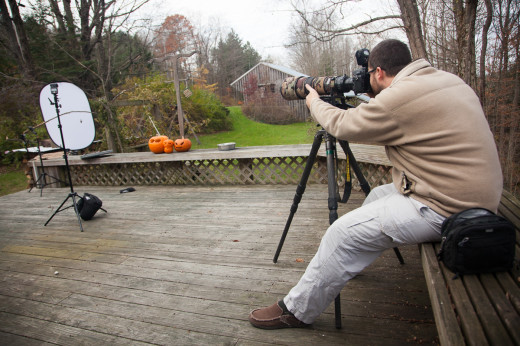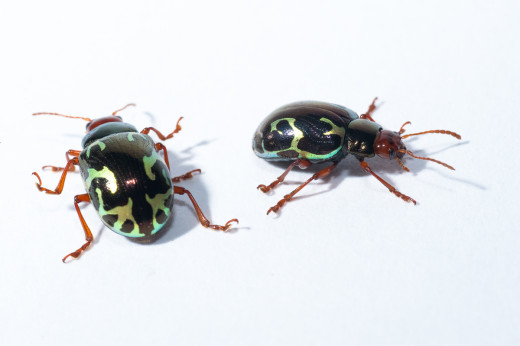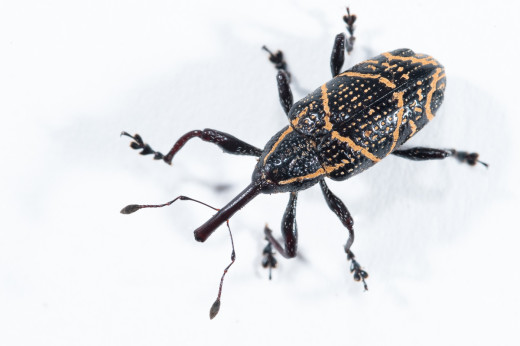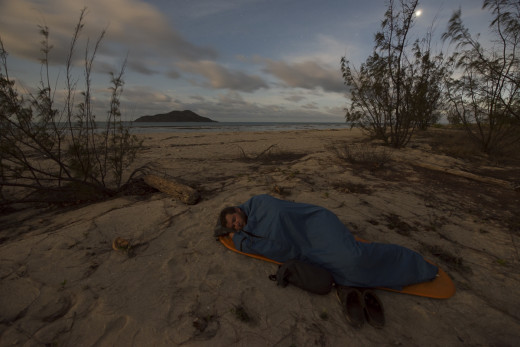Back in June, I was approached by a close friend and advisor who suggested that I consider taking a week to set aside what I was working on and attend an artists’ retreat at Duke University’s Center for Documentary Studies. The program is called Digging In! and is an opportunity for a group of documentary artists to come together for a week of intense independent work supplemented by small group discussions and meetings supporting each other as well as lots of fun and fellowship. Since I have spent most of the last year working on Filming Florida on my own and in somewhat of a vacuum, I jumped at the chance to spend some time in a community of creative people.
The idea is pretty simple. You set aside a week to work on a project that needs your attention, but you simply haven’t had the time to devote to it in your everyday life. For me, it was a chance to take an entire week, remove the normal distractions, and focus specifically on how I was going to shape and structure this project. It was out of these few days that the decision to move from a single one hour program to a eight part miniseries emerged. It was a major breakthrough and amazingly, it came on Tuesday, Day 2, and it wasn’t the only major breakthrough for the week!
One of my greatest discoveries was the importance of not living in a vacuum and having a community of individuals who can support and challenge you intellectually, creatively, and artistically. Every morning during the week, we met with our small groups and they were a diverse group working in many different types of media and bringing an incredible insight to each others’s projects. Our group had an audio recordist, a studio artist working in painting, sculpture, and mixed media now looking at documentary through audio recording, a two person team of an audio recordist/photographer and a writer, and another filmmaker. I think I can comfortable saying that each of us were inspired be the work that everyone else was presenting and challenged (in a very good way) by the perspectives that everyone else brought to the table.
For me, not only did I decide the structure of my miniseries, but I also took a much deeper look at my motivations behind Filming Florida and the goals I want to reach. I discovered some very surprising answers when I started to delve in to these questions that I will share with you on Wednesday.
